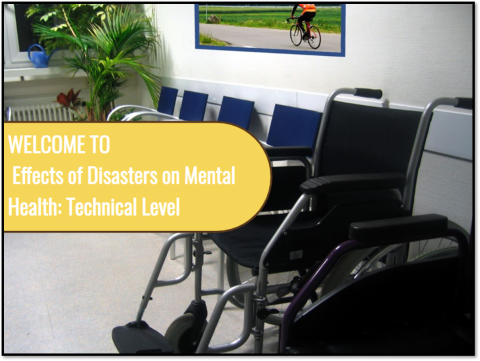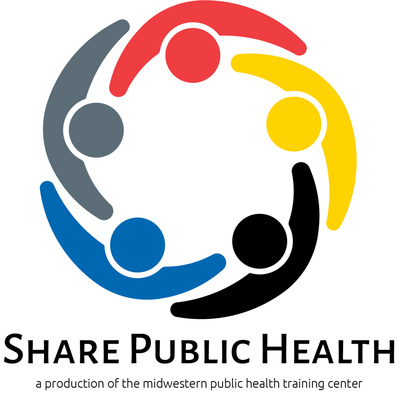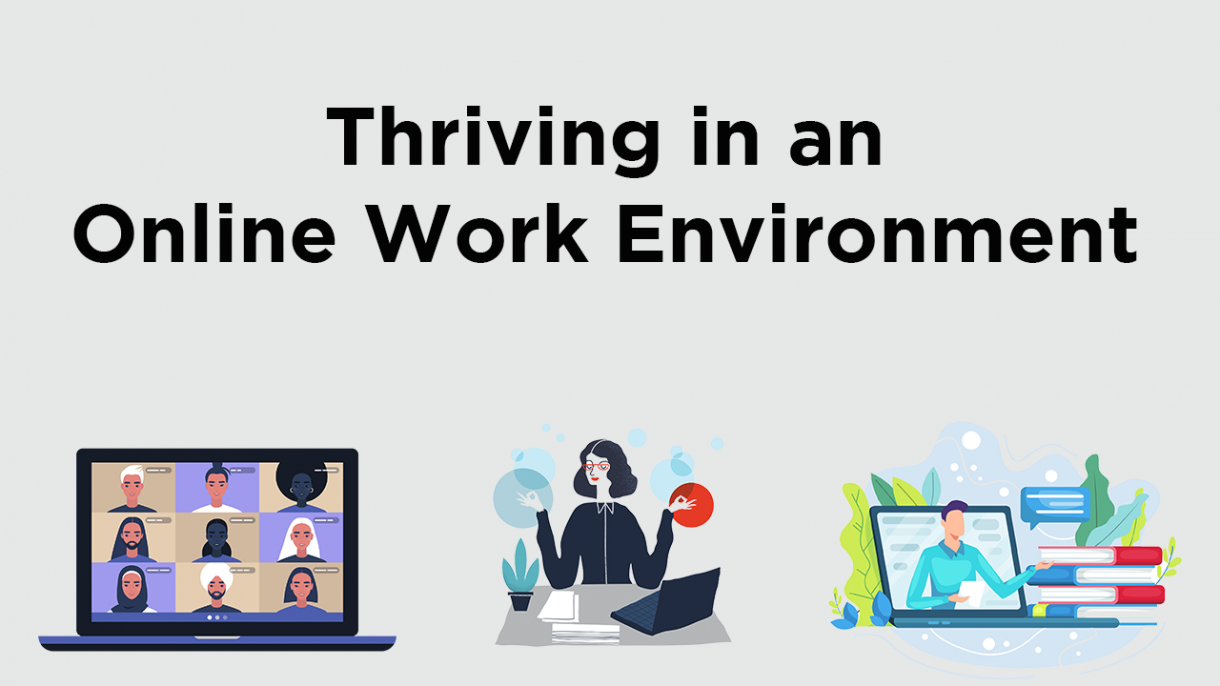Course Summary
There are three modules in this course:
- Section 1: Assessment and Intervention in the Immediate Aftermath of a Disaster
- Section 2: Assessment and Intervention in the Weeks/Months after the Disaster
- Section 3: Cultural Awareness
There are review questions at the end of each section. These review questions will provide you with an opportunity to apply the knowledge and skills presented in these sections. In addition, some sections contain practice exercises to help you better understand the material.
Intended Audience
Anyone who will come into professional contact with disaster victims, including DMAT, hospital workers, EMTs, primary care providers and public health workers
Learning Objectives
Upon completing this course, you will be able to:
-
- Assess the psycho-physiological impact of trauma.
- Describe mental health interventions used during and in the immediate aftermath of a disaster in order to provide psychological stabilization.
- Determine who may benefit from mental health intervention.
- Administer mental health interventions to disaster victims as appropriate.
- Distinguish between a normal and pathological reaction to disaster trauma.
- Describe the most common mental health disorders associated with disaster trauma.
- Establish a preliminary assessment for the most common mental health disorders.
- Employ an interview technique that is both effective and responsive to the needs of the patient.
- Discuss treatment options for these mental health disorders.
- Identify the role of cultural elements in addressing mental health problems.
- Utilize appropriate methods for interacting with culturally diverse populations in the context of a disaster response.
Pre-requisites/Learning Level
Effect of Disasters on Mental Health: Awareness Level
Competencies addressed
Core Competencies for Public Health Professionals identified:
Domain 4: Cultural Competency Skills
- 4A3. Describes the ways diversity may influence policies, programs, services, and the health of a community
- 4A5. Addresses the diversity of individuals and populations when implementing policies, programs, and services that affect the health of a community
CEUs Offered
None
Cost
Free
Modality/format
Online Self-Pace
Length
1 hour
Presenter(s) and/or Content Experts
Technical requirements
- Adobe Acrobat Reader
- Speakers or headphones
Registration requirements
Register a free account
Creation and/or update
June 2022




